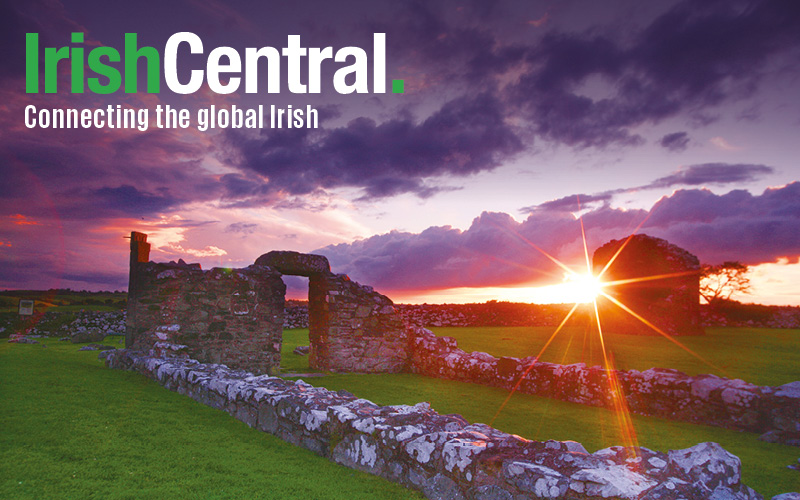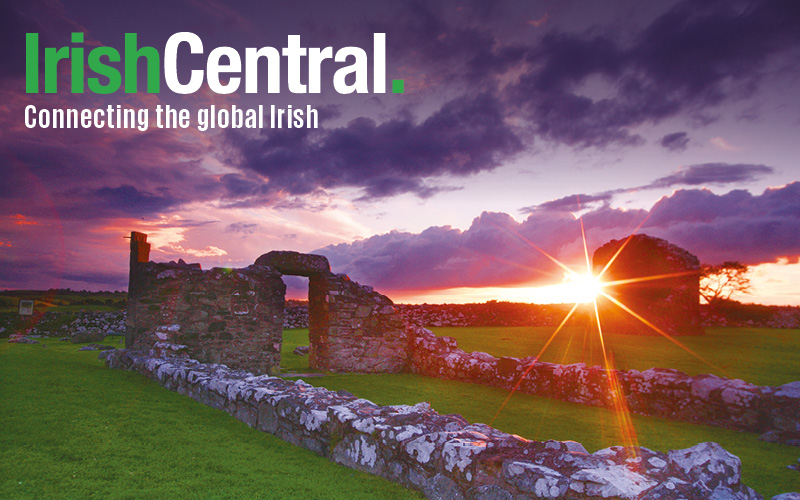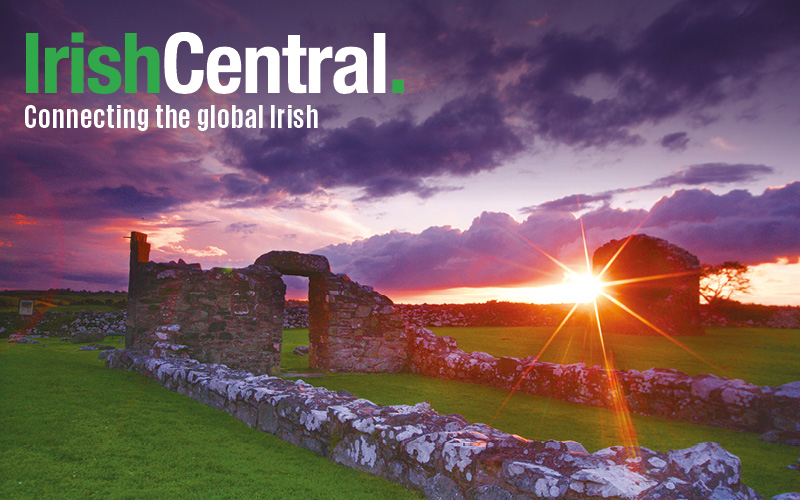Source: The Civil War Society's "Encyclopedia of the Civil War.
There is perhaps no other ethnic group so closely identified with the Civil War years and the immediate aftermath of the war as Irish Americans.
Of those Irish who came over much later than the founding generations, fully' 150,000 of them joined the Union army. Unfortunately, statistics for the Confederacy are sketchy at best; still, one has but to listen to the Southern accent, and listen to the sorts of tunes Southern soldiers loved to sing, to realize that a great deal of the South was settled by Irish immigrants. But because the white population of the Confederate states was more native-born than immigrant during the Civil War years, there did not seem as much of a drive in the Southern army to recognize heritage in the names and uniforms of regiments as there was in the Union forces.
In the Federal army there was the fabled Meagher's Irish brigade, led by the flamboyant Thomas Meagher; they went into battle with an emerald green flag with a large golden harp in its center, celebrating their heritage even in the midst of death.
In the North, centers of Irish settlement were Boston and New York, both of which had sizeable Irish neighborhoods. There were major immigration periods in the 1830s, 1840s, and 1850s; the numbers steadily increased until, according to the 1860 census, well over one and a half million Americans claimed to have been born in Ireland. The majority of these lived in the North. There were periods of severe economic difficulties both before and after the war when the immigrant Irish were singled out for the distrust and hatred of their fellow Americans; "No Irish Need Apply" was a frequently seen placard sign above the doors of factories, shops, warehouses, and farms.
The Irish were chiefly distrusted because they were Catholic, and there was much opposition in the United States to the Church of Rome. The frustration this prejudice caused led indirectly to the boil-over of tempers in July 1863, when the first official draft was held; a mob of mostly immigrant laborers gathered at the site of the draft lottery, and as names were called and those not wealthy enough to purchase a substitute were required to join up, the mob's temper flared.
The situation escalated into full-scale rioting; for three days, cities like New York and Boston were caught up in a rampage of looting, burning, and destruction. Many of the rioters were frustrated Irish laborers who could not get jobs, and their targets were draft officials, as well as free blacks living in the North, who seemed able to get jobs that the Irish were denied. it took the return of armed troops from the fighting at Gettysburg to bring the cities back to peace and quiet.
Such events did little to help the image of the Irish in America, until many years after the war. Despite their wartime heroics, many Irish veterans came home to find the same ugly bias they faced before going off to fight for the Union. Many of them chose to go into the post war army.
Still others followed Thomas Meagher into Canada, where they joined up in an attempt to free Canada from British domination. Many simply chose to remain in the Eastern cities, hoping matters would improve as time went by. Eventually things did get better for the Irish, but it was many long years before ugly anti-Irish prejudice faded.
IRISH BRIGADE
The Irish Brigade was, probably, the best known of any brigade organization, it having made an unusual reputation for dash and gallantry. The remarkable precision of its evolutions under fire ; its desperate attack on the impregnable wall at Marye's Heights; its never failing promptness on every field; and its long continuous service, made for it a name inseparable from the history of the war. It belonged to the First Division of the Second Corps, and was numbered as the Second Brigade. The regiments which properly belonged to the Irish Brigade, together with their losses, were :
Killed and Died of Wounds
63rd New York Infantry 156
69th New York Infantry 259
88th New York Infantry 151
28th Massachusetts Infantry 250
116th Pennsylvania Infantry 145
Total (during the war) 961
The Irish Brigade lost over 4,000 men in killed and wounded; it being more men than ever belonged to the brigade at any one time. With the exception of the Twenty-eighth Massachusetts, the regiments were small. At the start they were not recruited to the maximum, but left New York with about 800 men each. The three New York regiments became so reduced in numbers that, at Gettysburg, they were consolidated into two companies each; the One Hundred and Sixteenth Pennsylvania had been consolidated into four companies.
The brigade, which was organized in 1861, consisted originally of three New York regiments, which selected numbers corresponding to those of certain famous Irish regiments in the British Army. The One Hundred and Sixteenth Pennsylvania and Twenty-eighth Massachusetts were added in the fall of 1862. Each of the five regiments carried green flags, in addition to the national colors. While on the Peninsular and Antietam campaigns, the Twenty-Ninth Massachusetts was attached to the brigade, but after Antietam it was detached and its place was taken by the Twenty-eighth Massachusetts. In September, 1864, the remnant of the Seventh New York Heavy Artillery was added; but it was detached in February, 1865, and the Fourth New York Heavy Artillery took its place. In July, 1864, the One Hundred and Sixteenth Pennsylvania was transferred to the Fourth Brigade. But the Irish Brigade was composed, substantially, as above; and, each of the regiments having reenlisted, its service was continuous and unbroken. It was commanded, in turn, by General Thomas Francis Meagher, Colonel Patrick Kelly (killed), General Thos. A. Smyth (killed), Colonel Richard Byrnes (killed), and General Robert Nugent.
This Page last updated 01/26/02
"




Comments